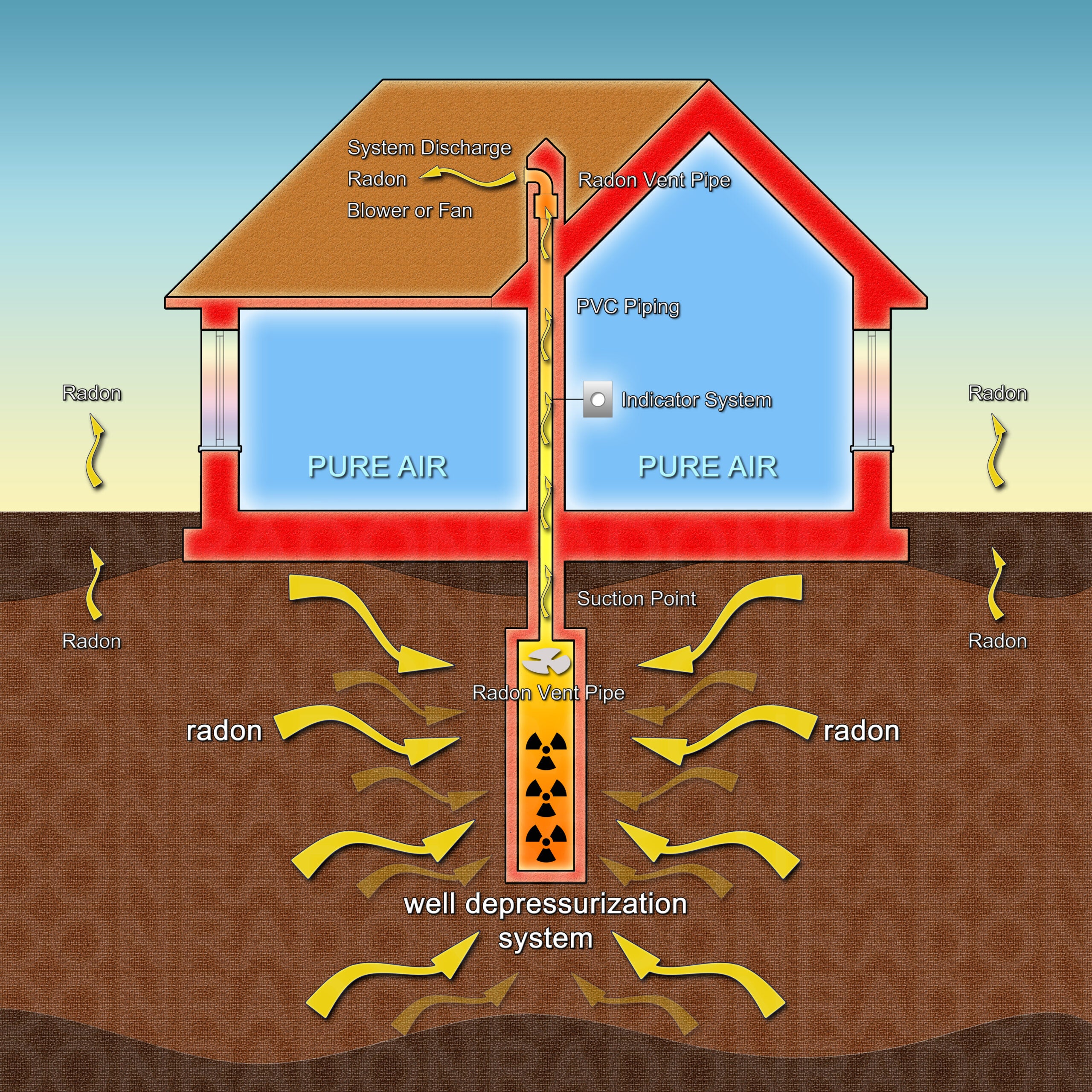A plethora of natural phenomena govern the behavior of our planet, but few induce as much trepidation as earthquakes. These unpredictable events can manifest without warning, yielding devastating consequences for infrastructure and human life alike. Amidst the ongoing quest to better understand seismic activity, radon gas has emerged as an intriguing potential harbinger. New methodologies employ radon detectors as predictive instruments, stimulating discussions on their efficacy and implications for earthquake forecasting.
Radon (Rn), a naturally occurring radioactive gas and a decay product of uranium, is prevalent in geological formations. It is colorless, odorless, and tasteless, making its presence elusive. Although generally recognized for its health hazards—being a known carcinogen—recent research posits that fluctuations in radon levels may correlate with tectonic stress preceding seismic events. This paradigm shift is leaving scientists to ponder the potential of a radon detector in earthquake prediction.
The principle behind utilizing radon as an indicator lies primarily in the gas’s response to ground disturbances. As tectonic plates shift, they may impact the availability and migration of radon from uranium-rich substrates to the surface. Factors such as soil permeability, moisture, and tectonic stress can influence radon levels, creating anomalies that, when detected, could signal forthcoming seismic activity. Therefore, a robust understanding of the geophysical environment in which radon detectors operate is paramount.
Radon detection technology has evolved considerably over the years. Several types of radon detectors exist, each characterized by its unique methodology and operational capacities. The two predominant categories are passive detectors and active monitors. Passive detectors, commonly comprised of charcoal canisters or alpha track detectors, function through the accumulation of radon over a specified period, typically ranging from days to months. They require laboratory analysis to ascertain radon concentrations.
Conversely, active monitors provide real-time measurements and are designed for prolonged deployment in various environments. These devices utilize continuous sampling methods, often employing ionization chambers or scintillation counters to detect alpha particles emitted by radon decay. Such instantaneous feedback is crucial for monitoring rapid fluctuations in radon emissions that may presage seismic events.
The application of radon monitoring networks has gained traction, particularly in seismic-prone regions. These networks collect data from a myriad of locations, allowing for a more comprehensive understanding of radon levels across a geographical area. Using advanced analytical techniques, researchers can sift through the amassed data to uncover potential patterns and correlations between radon anomalies and seismic activities. This method of aggregation amplifies the possibility of enhancing predictive capabilities, but it is not without limitations.
Despite the promise of utilizing radon levels for earthquake prediction, inherent challenges persist. One fundamental concern is the environmental variability affecting radon concentrations. Soil composition, climatic conditions, and anthropogenic activities can all markedly influence radon emissions. This intrinsic variability necessitates a robust statistical analysis framework to differentiate between normal fluctuations and significant anomalies due to seismic stress.
Furthermore, it is paramount to delineate the threshold beyond which radon fluctuations can be deemed predictive of seismic activity. This threshold is often context-dependent, requiring extensive empirical data to establish correlations that are both reliable and reproducible. The scientific community recognizes that the path towards establishing radon as a credible precursor to earthquakes demands rigorous investigation and validation.
Recent studies endeavor to create sophisticated predictive models incorporating radon data with other seismic indicators. Artificial intelligence and machine learning algorithms are increasingly being leveraged to refine predictive accuracy. By analyzing vast datasets, these technologies hold the potential to uncover non-linear relationships amongst variables, enhancing the robustness of earthquake forecasts.
The global implications of effective radon detection are profound. Enhanced forecasting capabilities could lead to more timely warning systems, allowing communities at risk to enact preparedness plans and mitigate potential harm. Key sectors such as urban planning and construction would benefit immensely from incorporating radon data into risk assessments, fostering an environment of improved resilience against seismic events.
However, ethical considerations surrounding the deployment of radon detectors warrant careful attention. In light of the potential public anxiety engendered by false alerts or overemphasis on radon as an earthquake predictor, clear communication is essential. The scientific community must navigate the fine line between leveraging technology for public safety and ensuring that the information relayed is not alarmist but rather grounded in empirical evidence.
As research into the interplay between radon emissions and seismicity continues, interdisciplinary collaboration is integral to fostering advancements in this field. Geological sciences, physics, and engineering must converge to optimize radon detection systems and develop comprehensive models. Through cooperative efforts, mankind can aspire towards a future where the unpredictable nature of earthquakes is better understood, paving the way for informed responses to these natural phenomena.
In conclusion, the exploration of radon detectors as a tool for earthquake prediction offers a compelling glimpse into the future of seismic monitoring. While the road ahead is fraught with challenges, the integration of cutting-edge technology and collaborative research holds the promise of transforming our comprehension of earthquakes. Embracing the potential of radon emissions as precursors to seismic events could ultimately lead to a paradigm shift in how societies defend against these geological threats.












